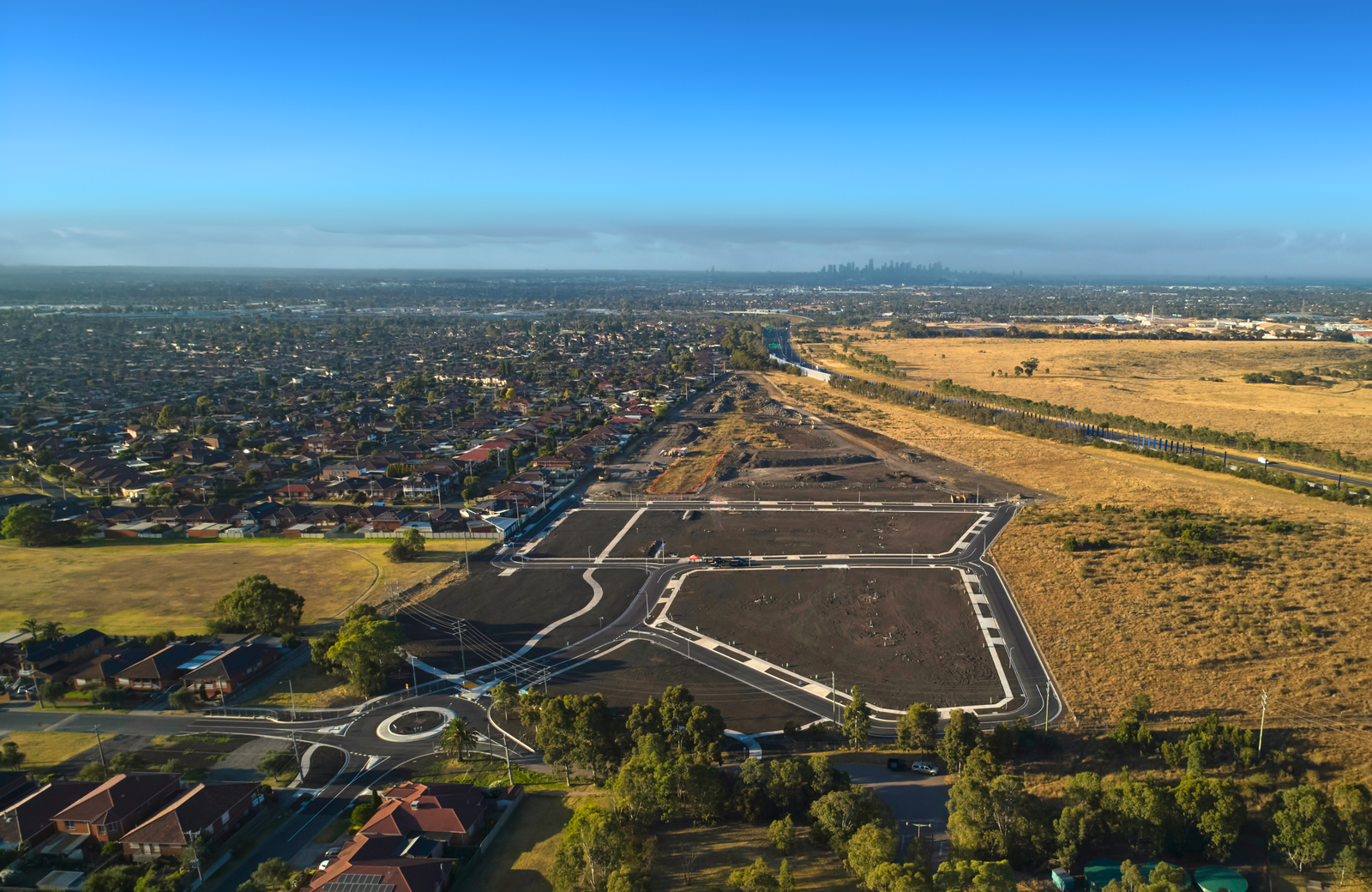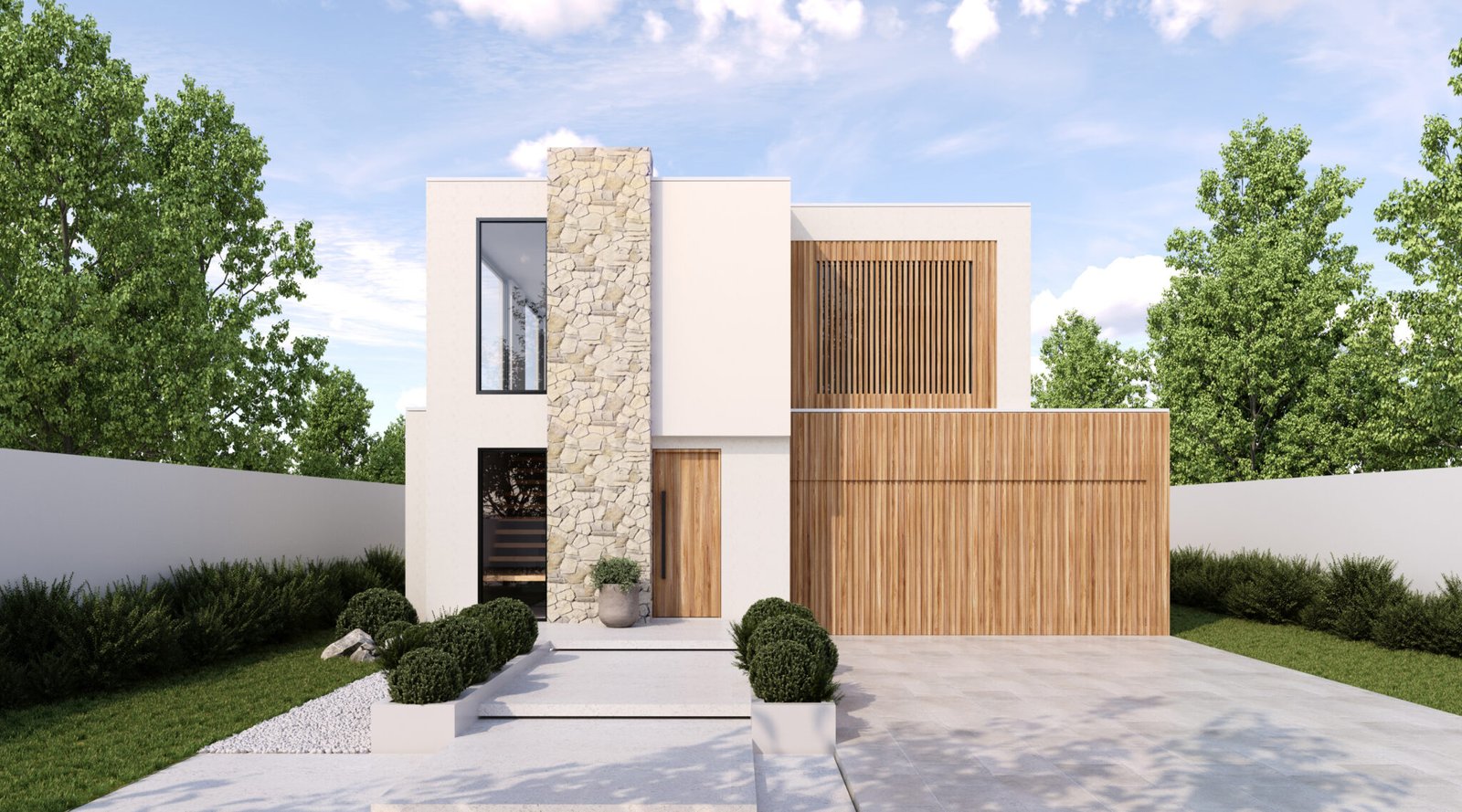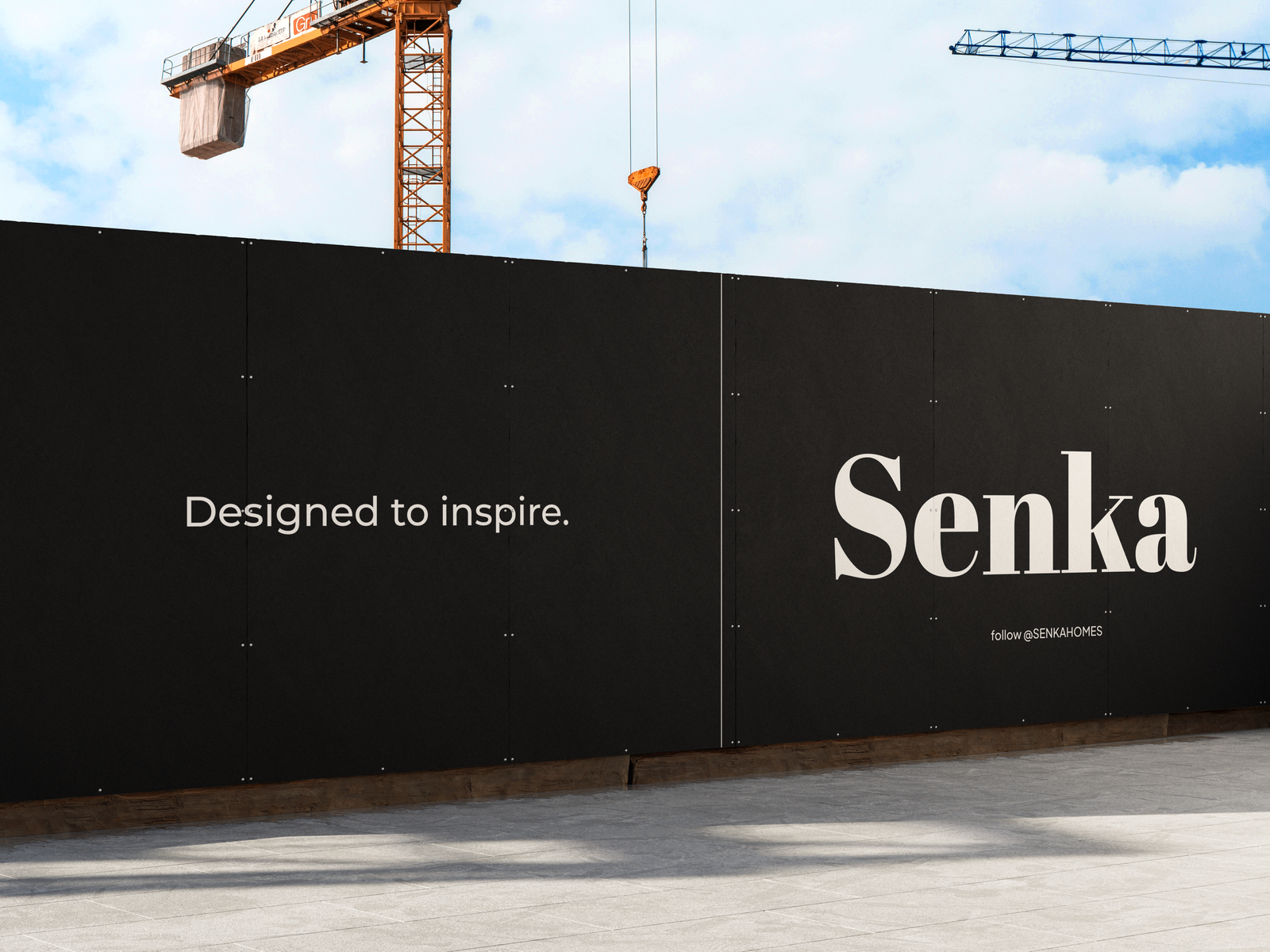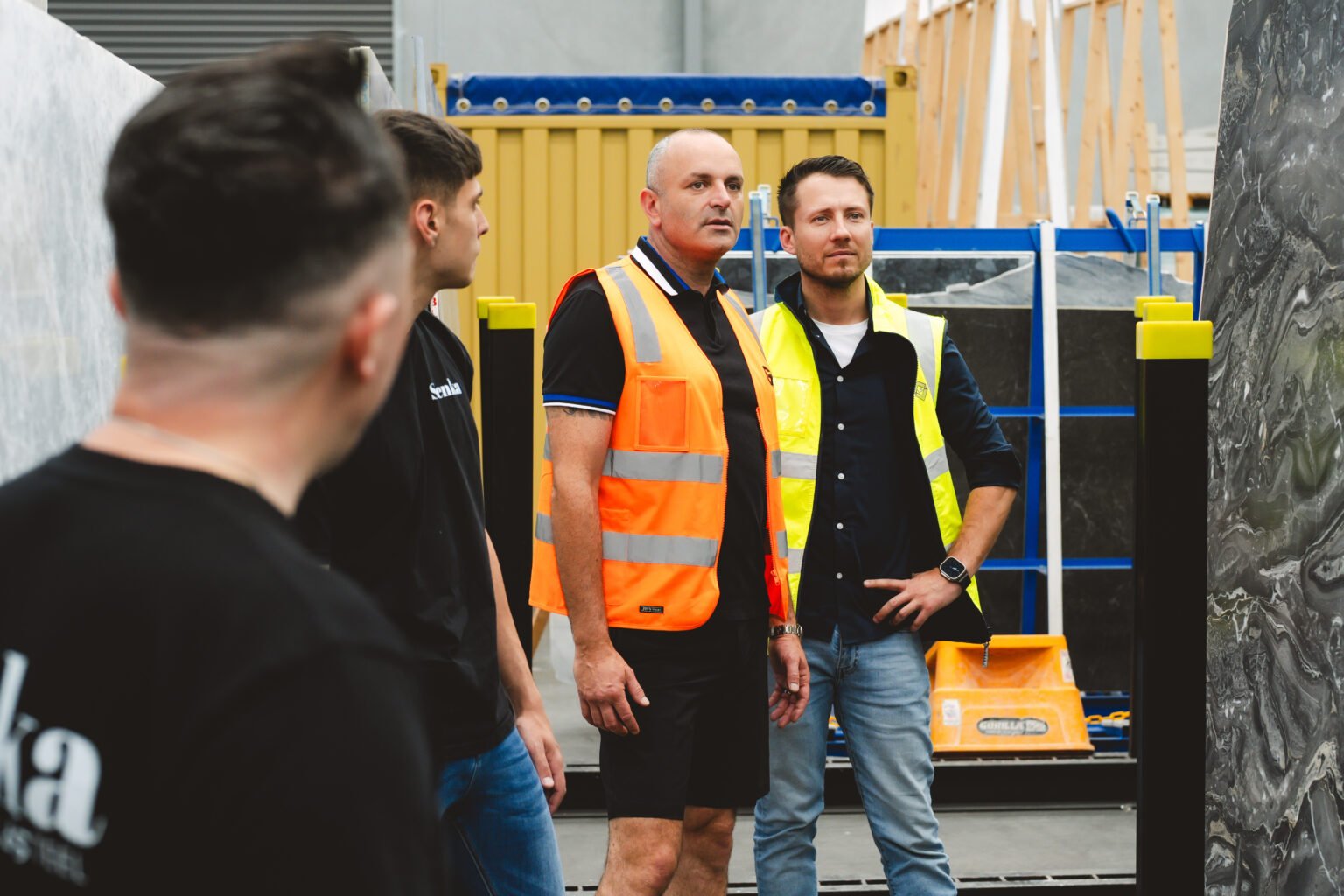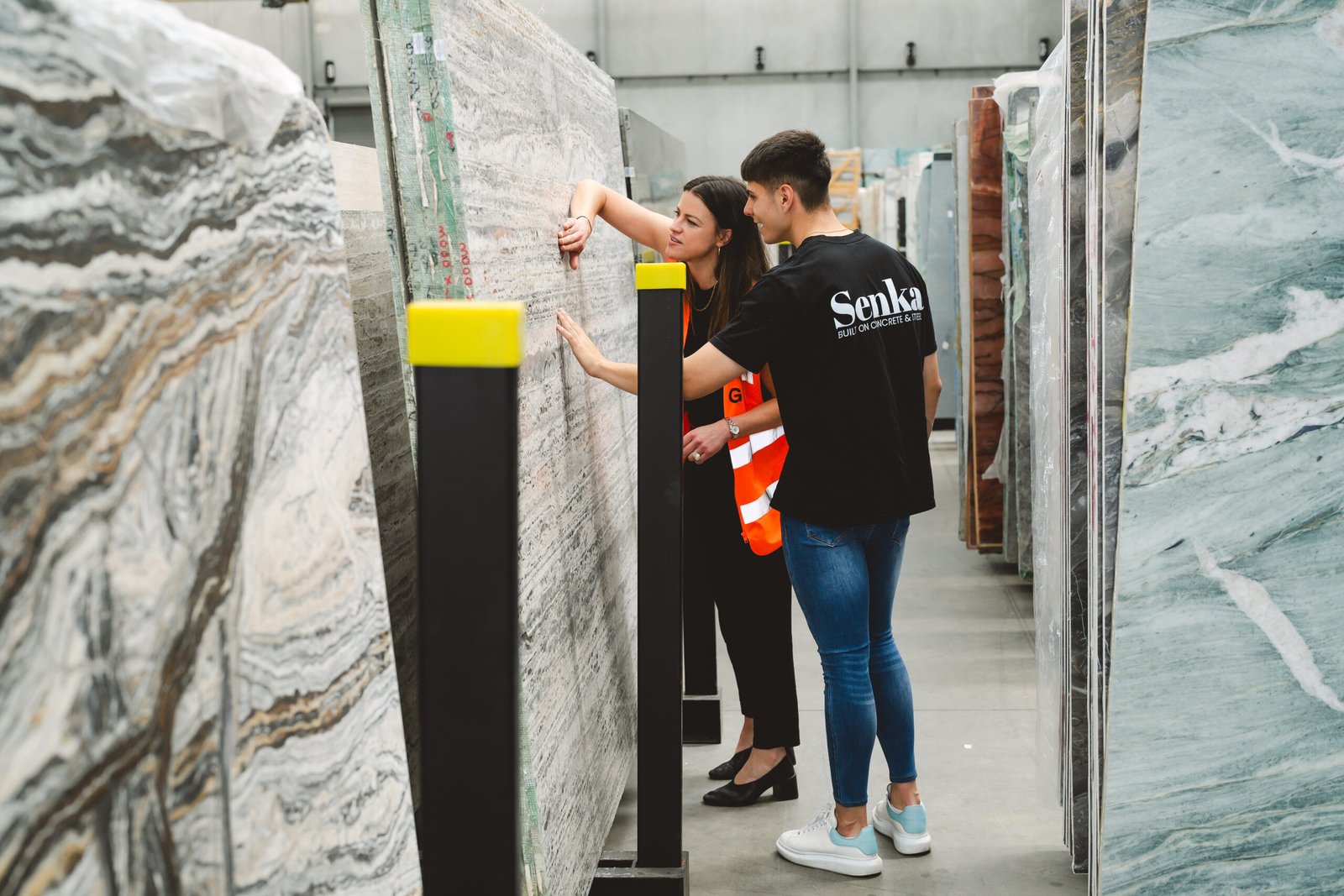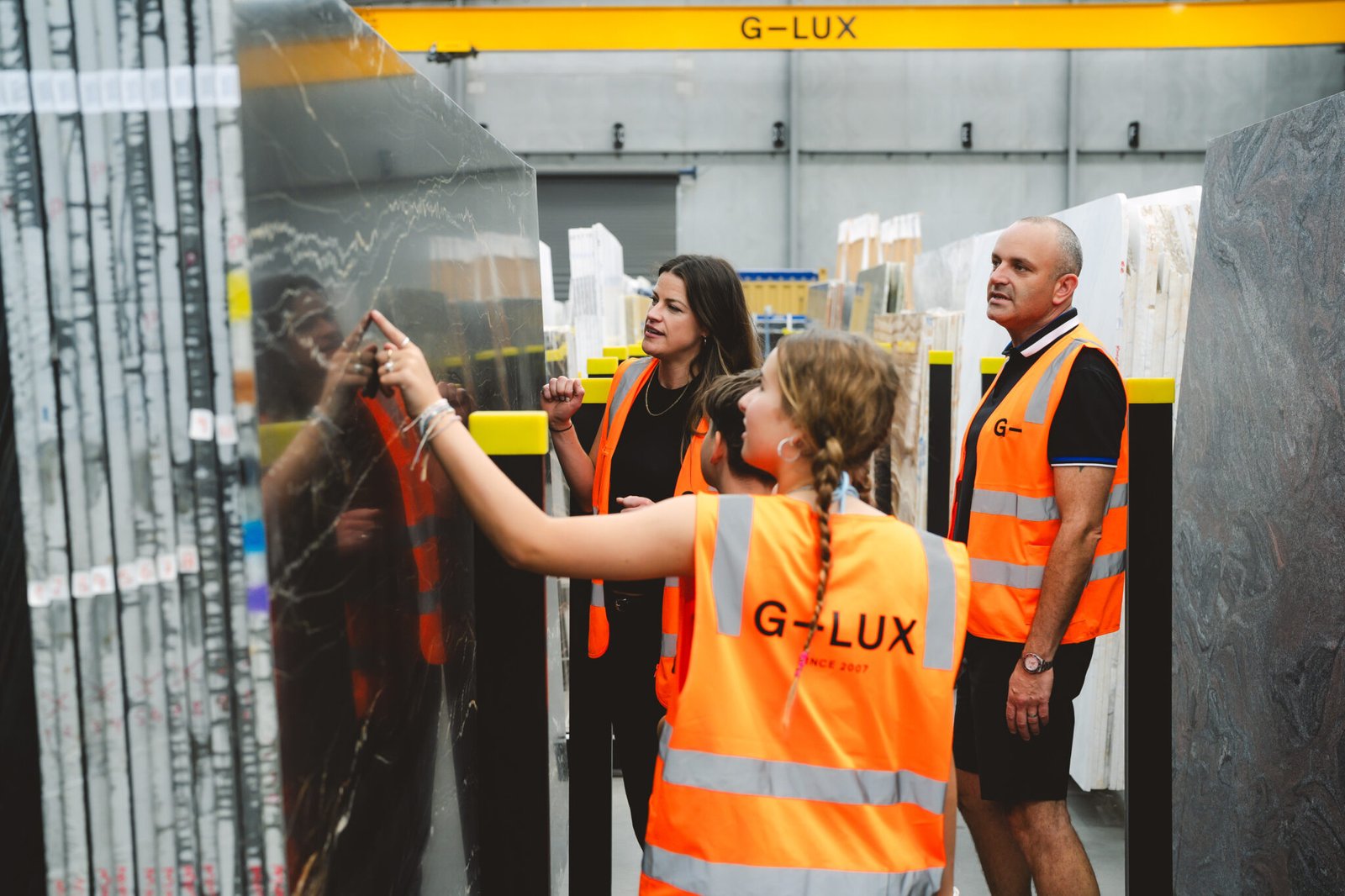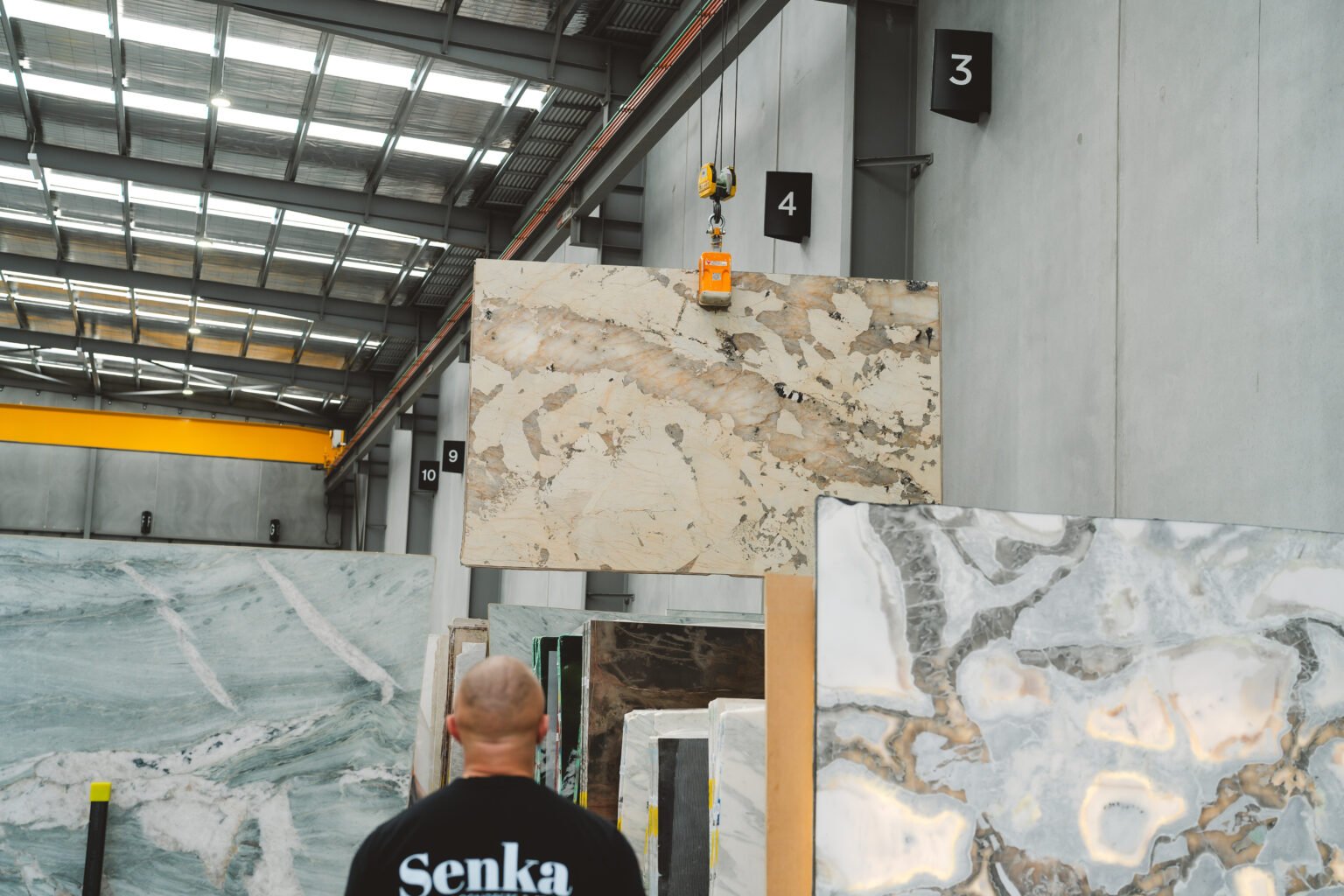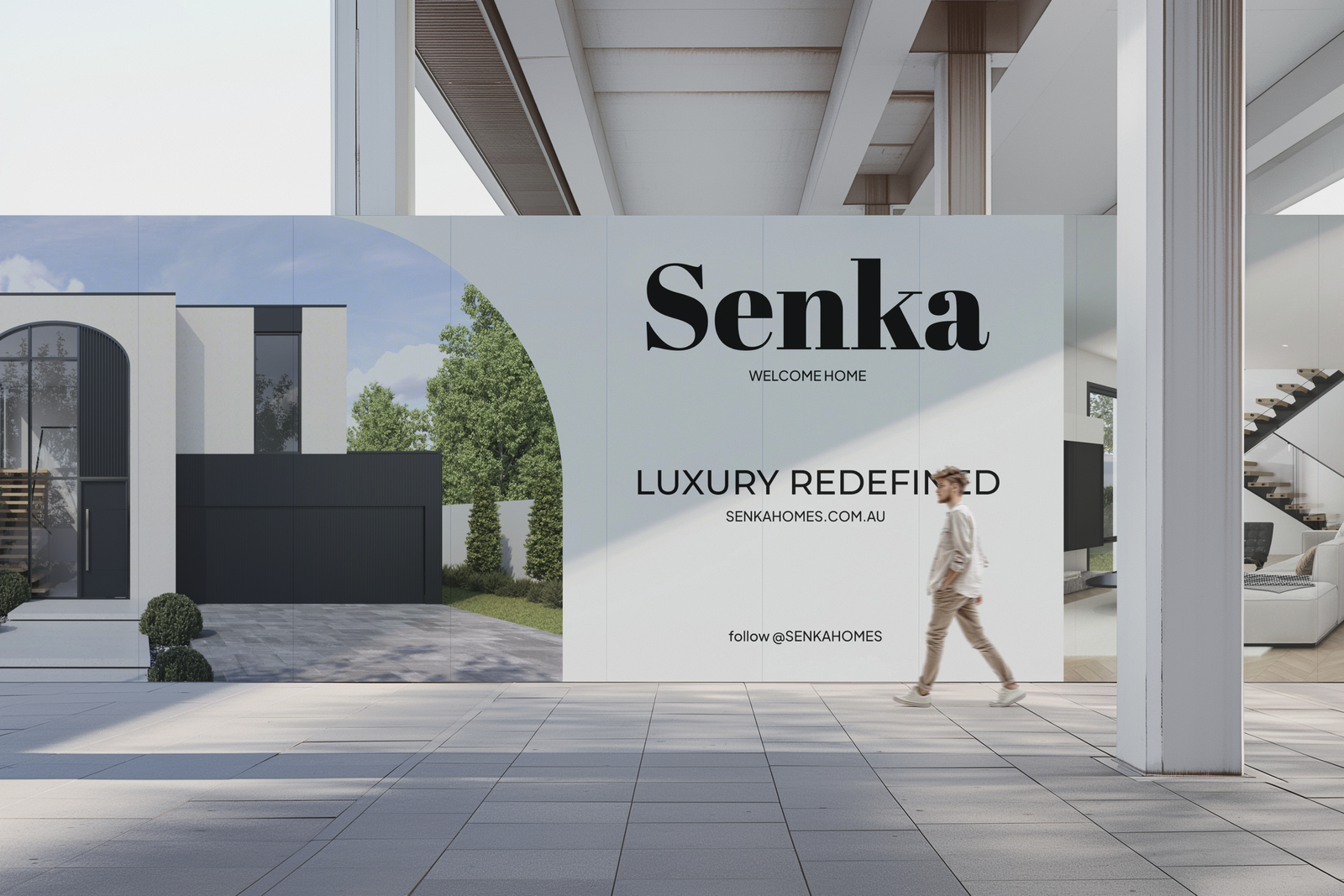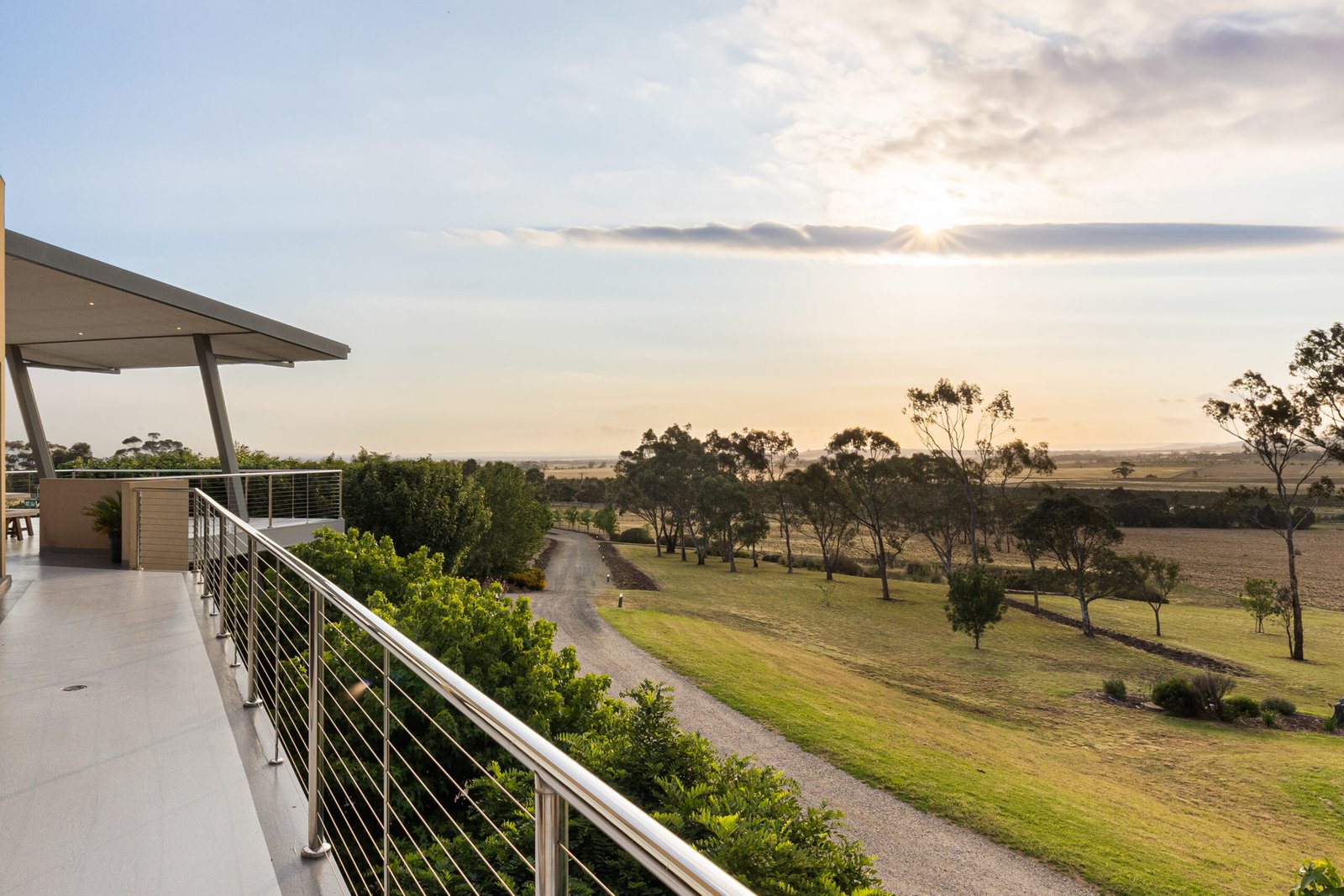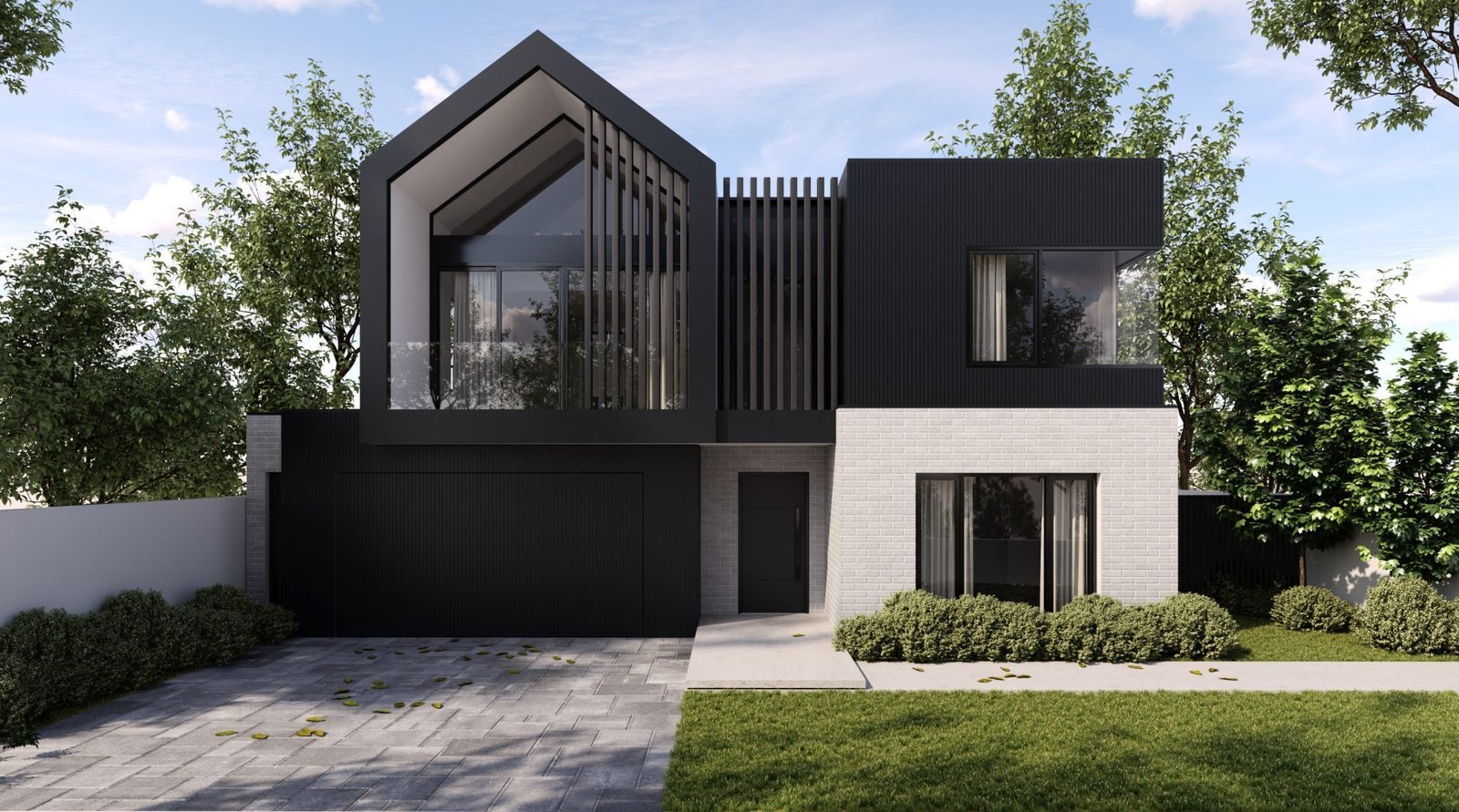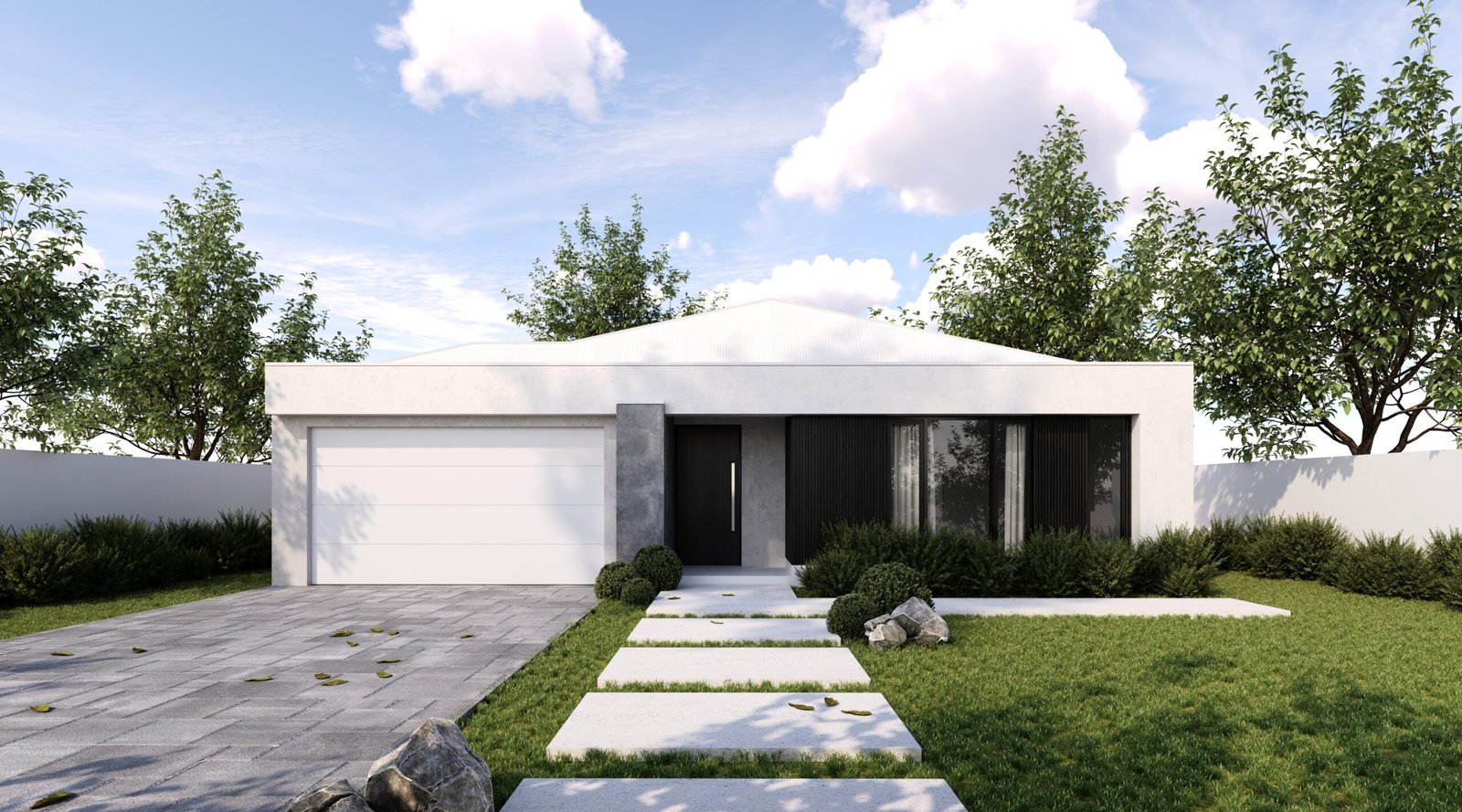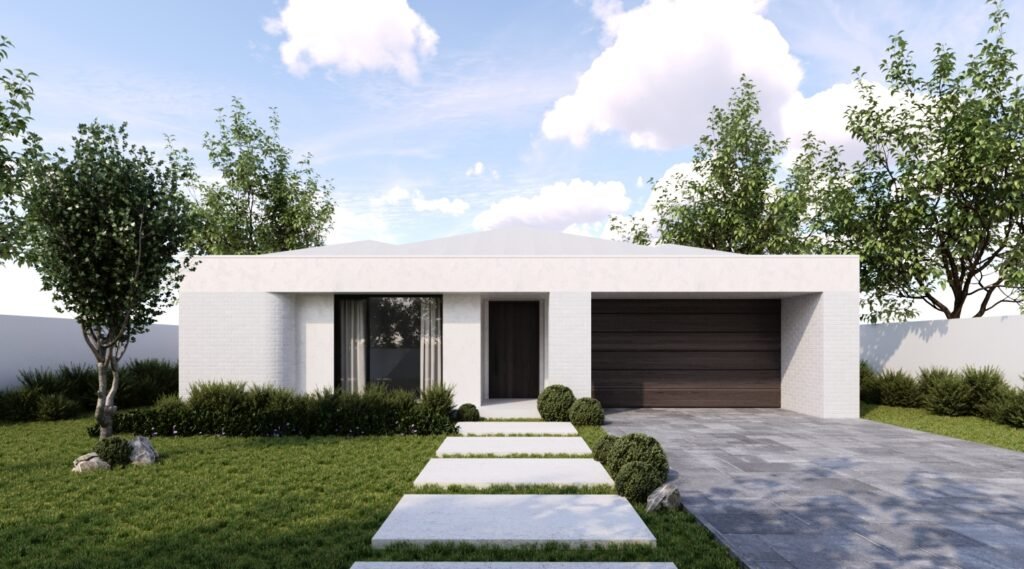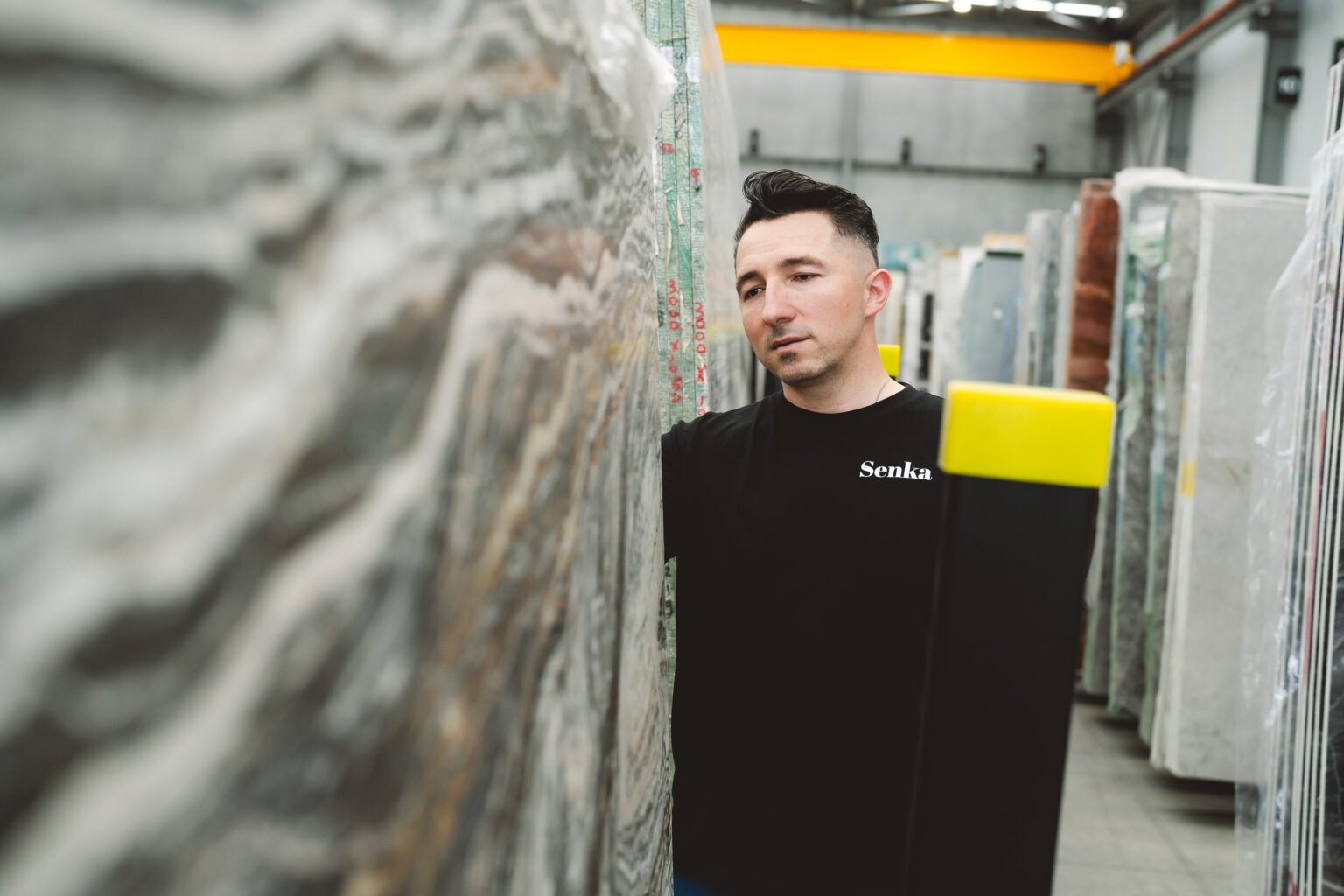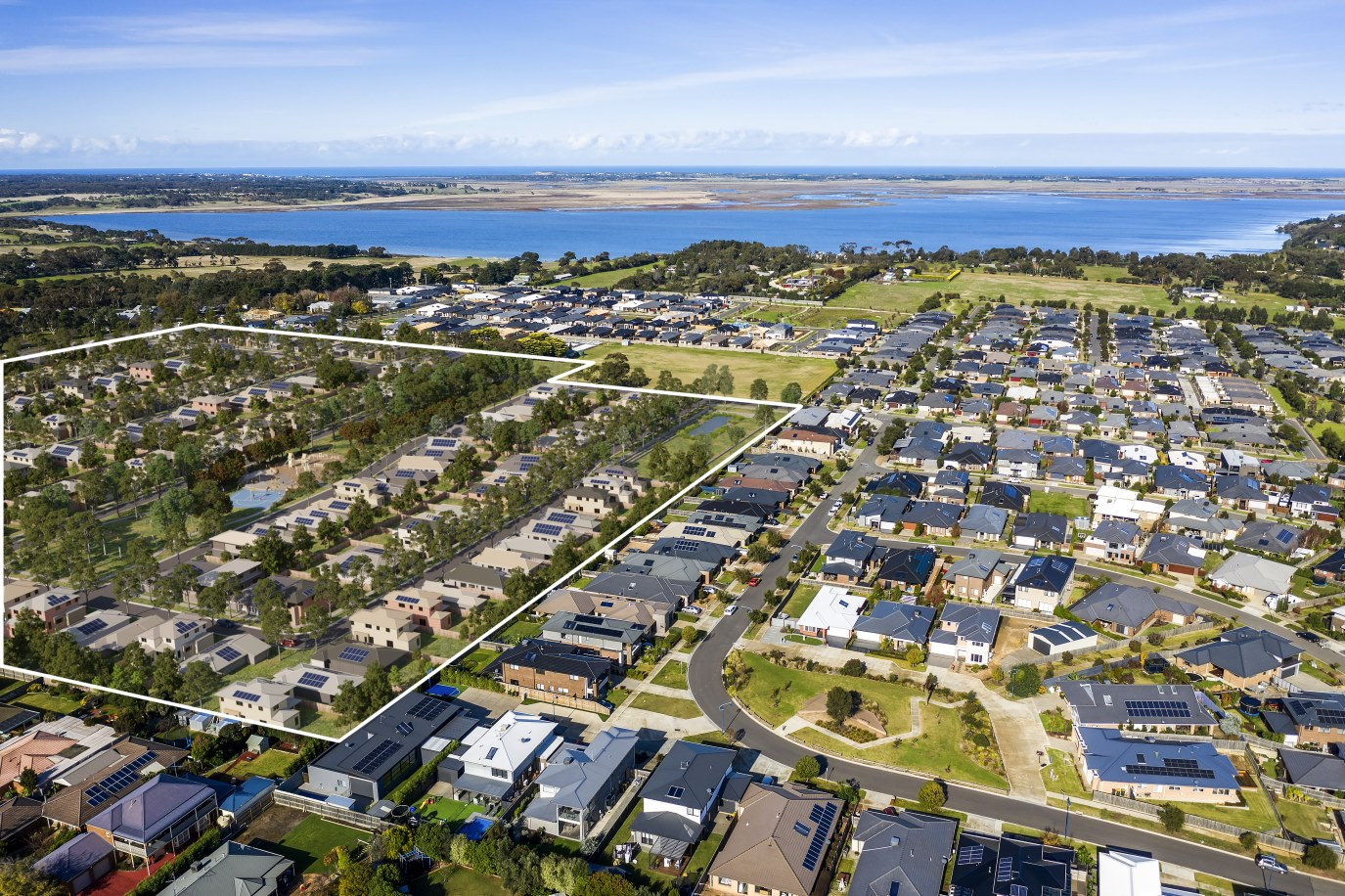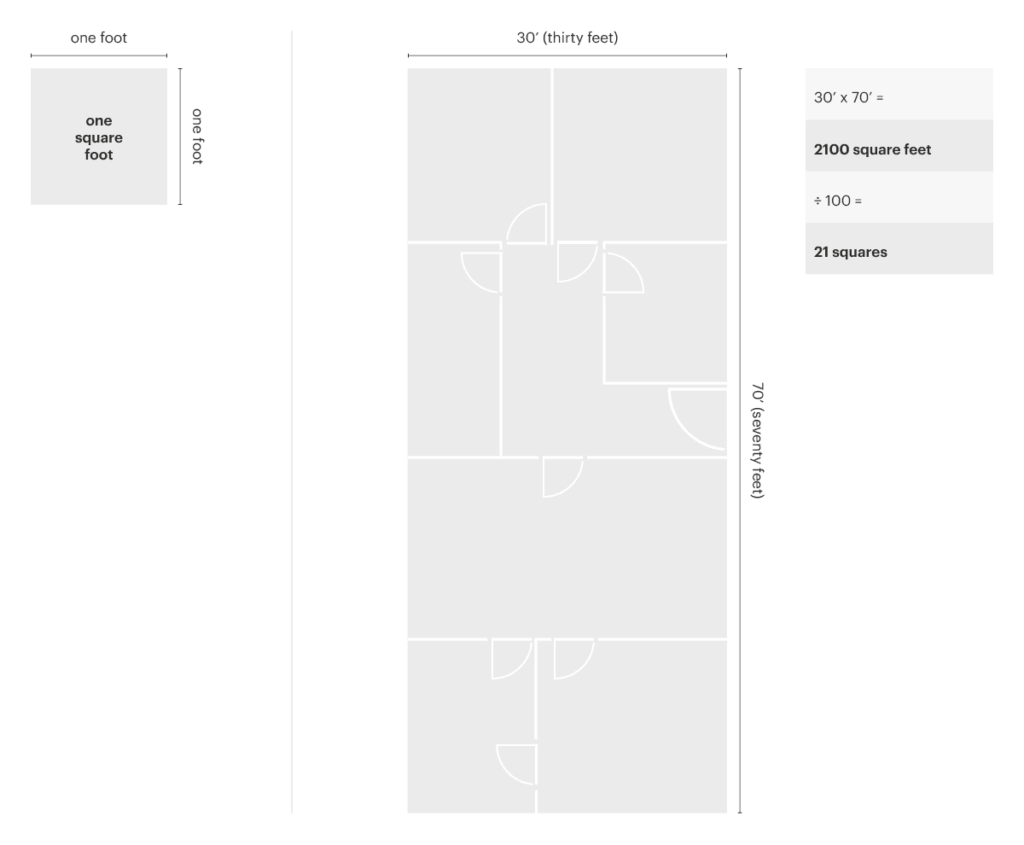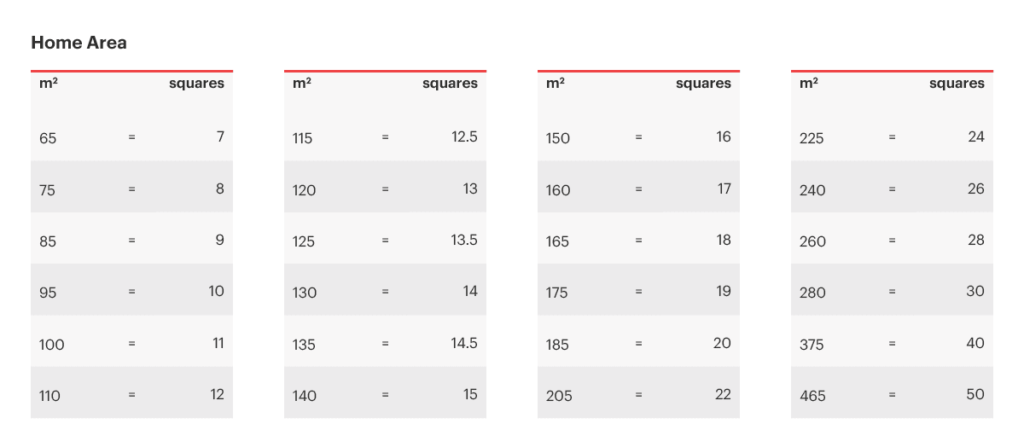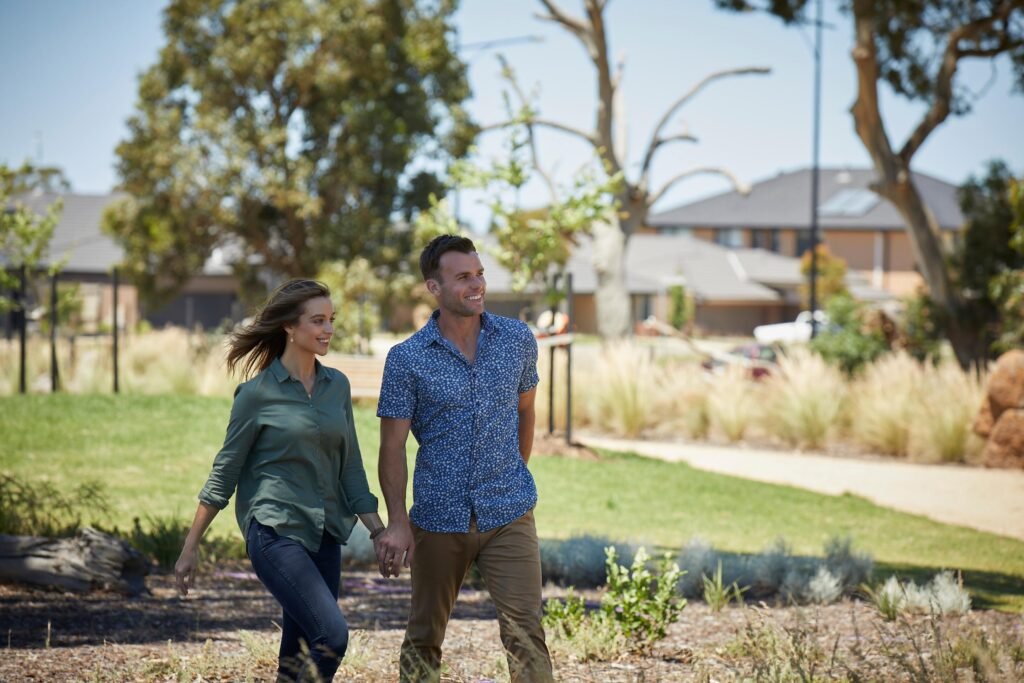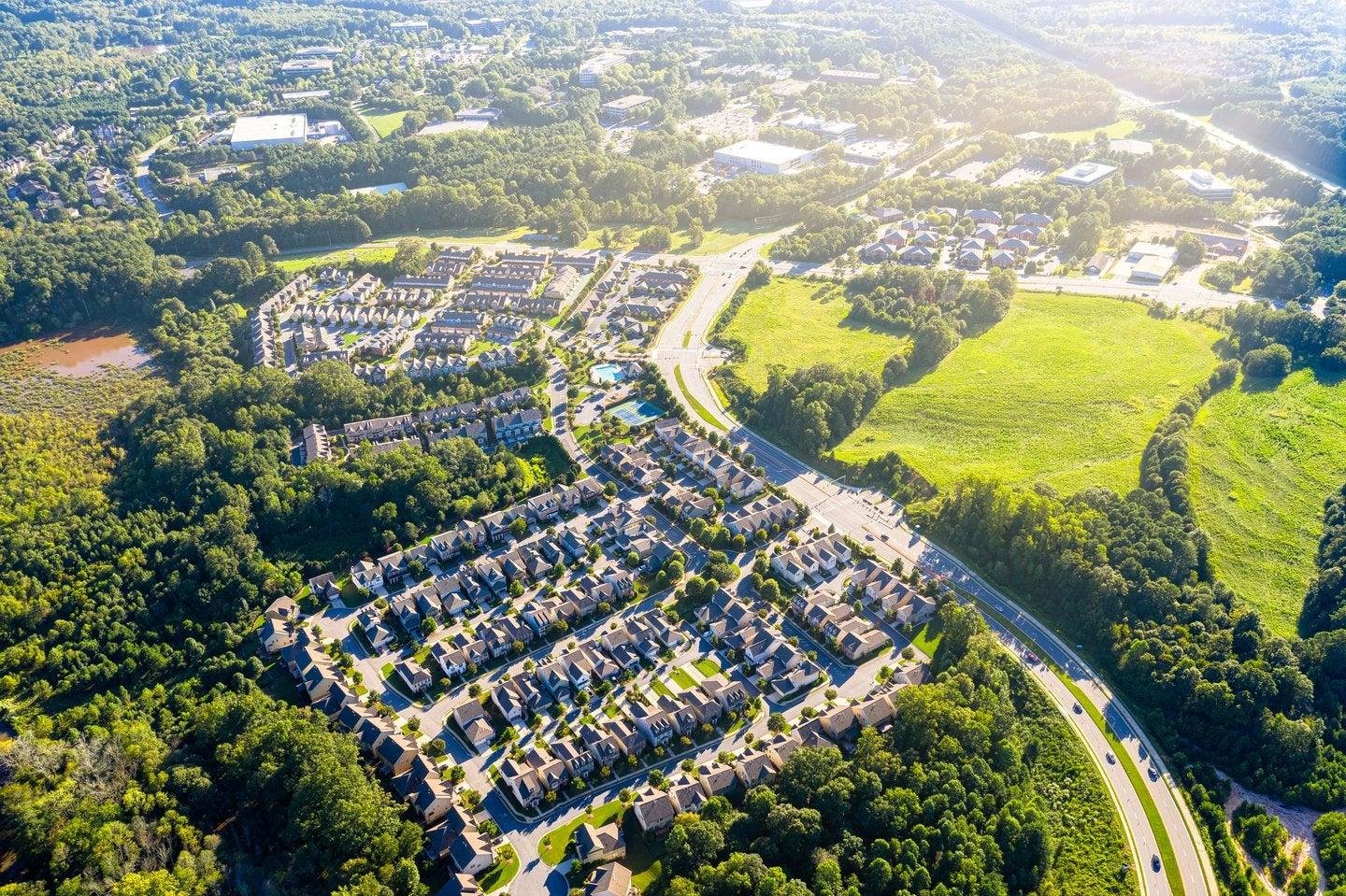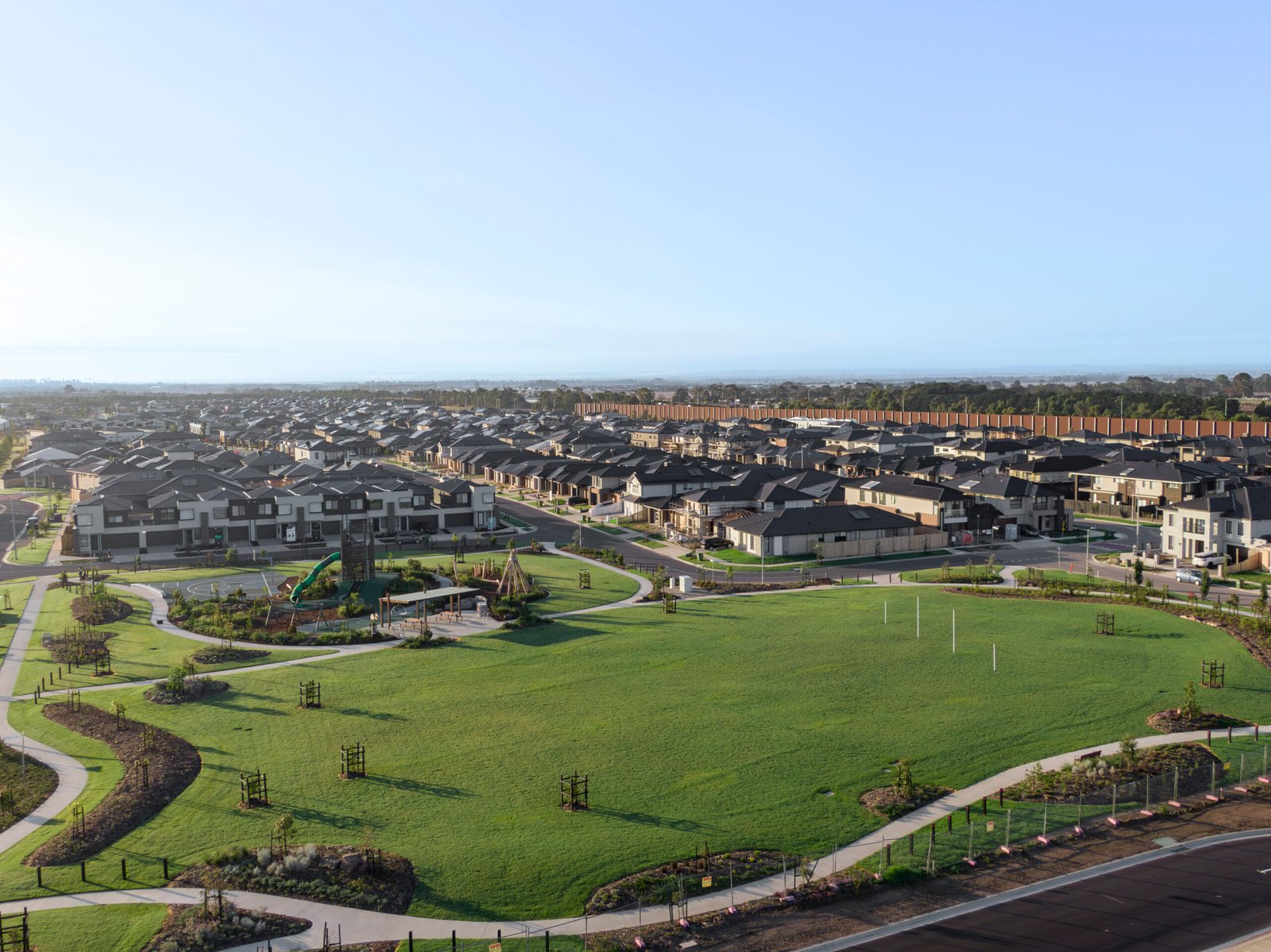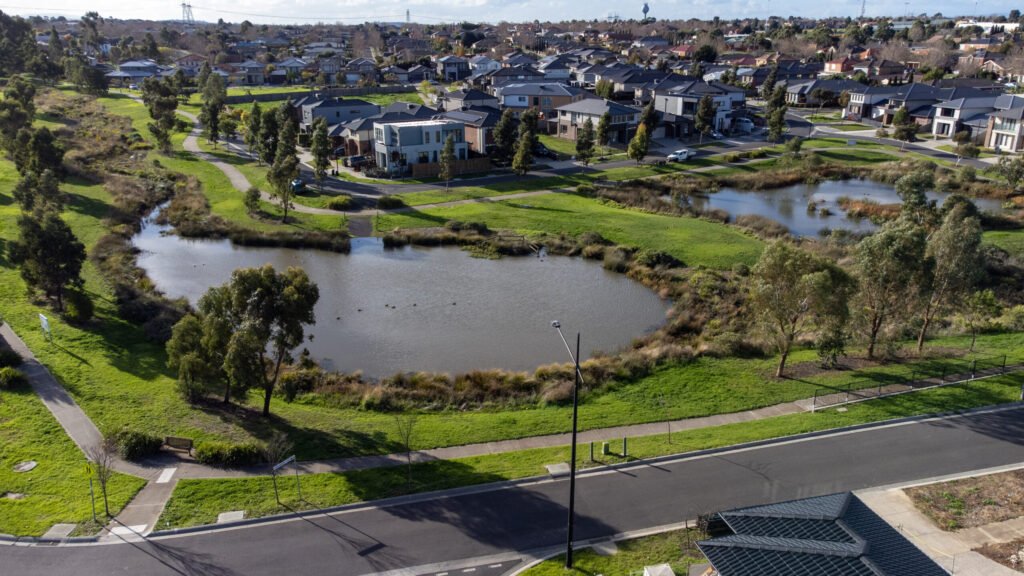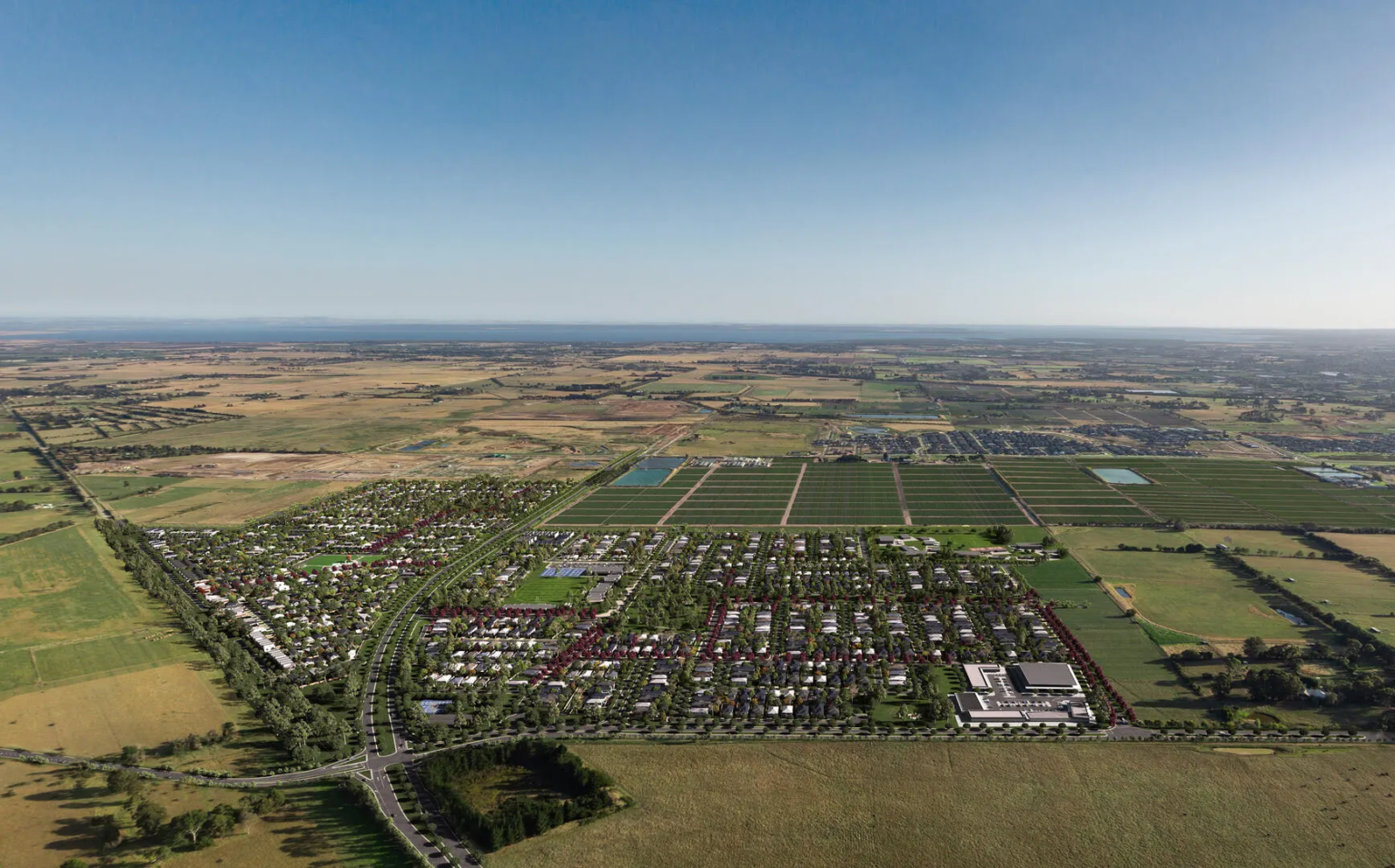Choosing the right block of land is one of the first and most important steps in building a new home. One key decision buyers face is whether to purchase titled or untitled land.
This choice impacts everything from financing and settlement timelines to when construction can begin. Understanding the differences will help you plan your build with confidence and avoid unexpected delays.
What Does ‘Titled Land’ Mean?
When purchasing land for your new home, you’ll come across the terms titled land and untitled land. Understanding the difference is crucial as it impacts your timeline, financing, and when construction can begin.
Titled land refers to a block of land that has been officially registered with the local council and assigned an address. Once titled, it is legally ready for construction, allowing you to proceed with obtaining permits, securing financing, and laying the foundation for your new home.
With titled land, there is a sense of certainty in your building timeline. You can immediately engage with your builder, finalize designs, and apply for building permits without delays. If you’re looking for a quick start, titled land is the way to go.
What is ‘Untitled Land’?
Untitled land, on the other hand, has not yet been officially registered. This means that while you may have secured a lot in a developing estate, you’ll need to wait for the land to be titled before construction can commence. Developers typically provide an estimated title date, which is when they anticipate the land will be ready for registration.
Untitled land often appeals to buyers looking for more flexibility in their financial planning. Since settlement is only required once the land is titled, buyers have additional time to prepare for the purchase, accumulate savings, and organize home loan approvals.
Why Does It Matter?
Understanding whether land is titled or untitled affects both your finance journey and building timeline.
Titled land requires immediate settlement, meaning your loan will need to be finalized sooner. It also often includes developer clauses dictating when construction must begin, adding a sense of urgency to the process.
Untitled land provides more flexibility, allowing buyers additional time to save money and arrange finances before settlement. However, the wait time for titles to be issued can vary, sometimes leading to unexpected delays, which could impact your building plans.
Additionally, titled land may be slightly more expensive than untitled land due to its immediate usability. However, some buyers prefer the security of knowing they can start building straight away, making titled land a popular choice.

Why Do Land Titles Take Time?
The process of titling land involves extensive preparation by the developer, including:
- Earthworks and soil preparation to ensure the land is stable and suitable for building
- Installing essential services like water, electricity, gas, and sewerage
- Laying roads, footpaths, and other infrastructure within the estate
- Finalizing individual lot boundaries and registering them with the relevant authorities
This work ensures the estate is fully prepared for homeowners to begin construction, but factors such as weather conditions, council approvals, and infrastructure challenges can cause delays. Developers aim to complete titling as soon as possible, but unforeseen circumstances can sometimes push back the expected title date.
Finding Titled Land in Melbourne
While most new land releases in Melbourne’s growth corridors are untitled, titled lots can still be found. These are often re-sale blocks where previous buyers have forfeited their purchase or changed their plans. If you’re looking to build as soon as possible, sourcing titled land may be the best option.
At Senka Homes, we keep track of available titled land in key estates across Melbourne, helping buyers secure lots that are ready to build on. Whether you’re after a specific location or a block size that suits your design, our team can assist in finding the right land for your needs.
What Happens When Your Land is Titled?
Once your land is officially titled, you’ll need to settle the purchase by finalizing your finance and working with a conveyancer to complete the transaction. After settlement, you officially own the land, and the building process can begin.
- Legal ownership: Once settlement is completed, the land title is transferred to your name.
- Final preparations: This includes site inspections, soil tests, and confirming final building plans.
- Construction commencement: Once settlement is complete, your builder can apply for permits and begin work on-site.
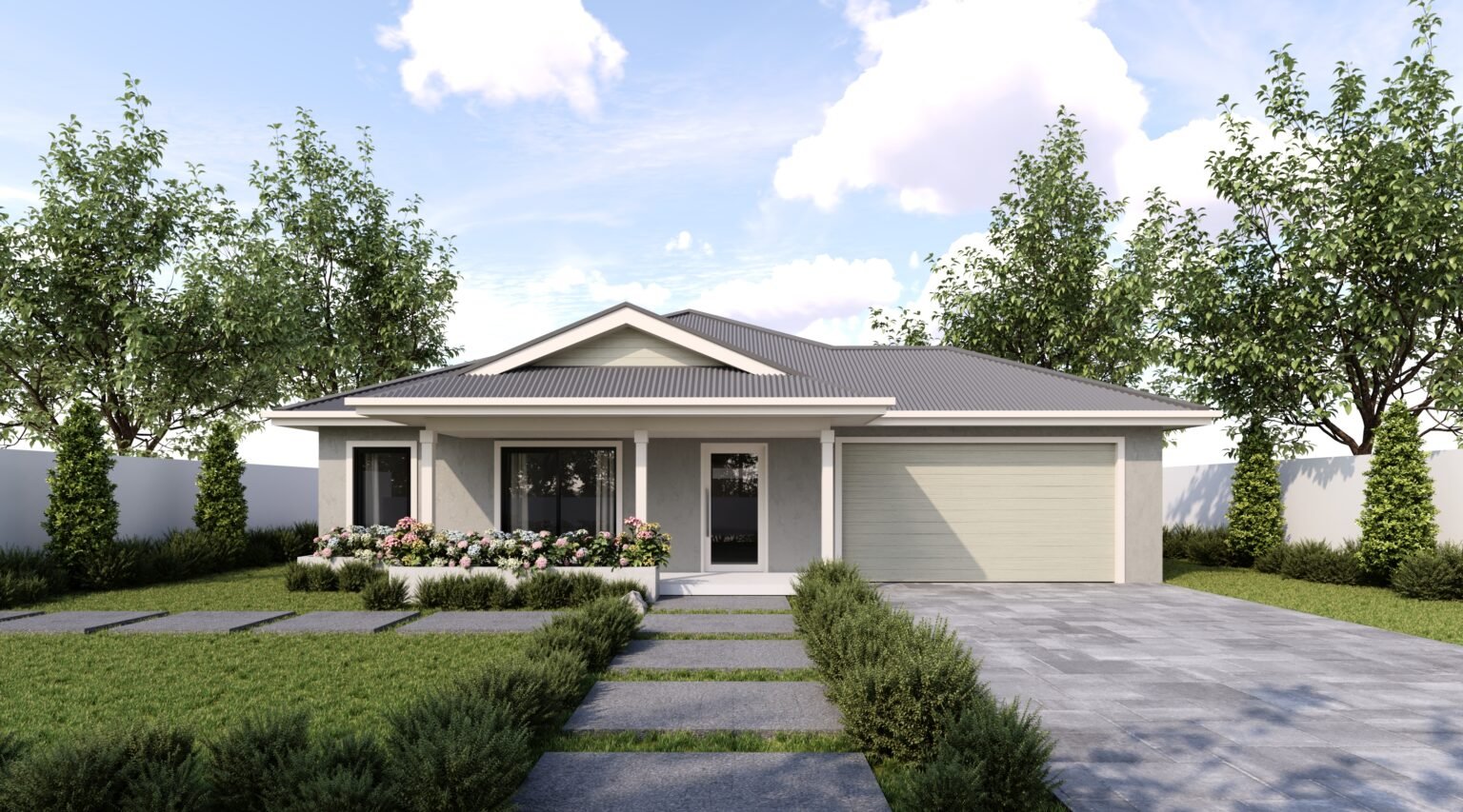
When Can Construction Start?
At Senka Homes, we work closely with clients to ensure a smooth transition from land purchase to site start. Generally, once your land is titled, you can expect:
A three-month window from title registration to site start
A scheduled site start date for slab pouring and initial construction
Regular updates on your build progress from our team
Some estates may require builders to commence work within a set timeframe after settlement, so it’s important to plan accordingly and ensure your builder is ready to begin construction without delays.
What If Your Land Title is Delayed?
Land title delays can occur due to factors such as prolonged wet weather, supply chain issues, or unexpected infrastructure setbacks. If delays happen, we keep you informed with regular updates, liaising with developers to provide the latest information on anticipated titling dates.
It’s essential to factor in possible delays when purchasing untitled land. If your timeline is strict and you need to build sooner, opting for a titled lot may be a safer choice.
Choosing the Right Land for Your Build
Whether you opt for titled or untitled land, understanding the process helps you make an informed decision that suits your timeline and financial position. At Senka Homes, we assist clients in navigating the land selection process, ensuring they secure the right block for their dream home.
Looking for a quick start? Titled land is ideal.
Need more time to prepare financially? Untitled land offers flexibility.
Want expert guidance? Our team can help you explore available options.
Looking for titled land ready to build on? Contact Senka today to explore your options and take the first step toward building the home you’ve always wanted.

